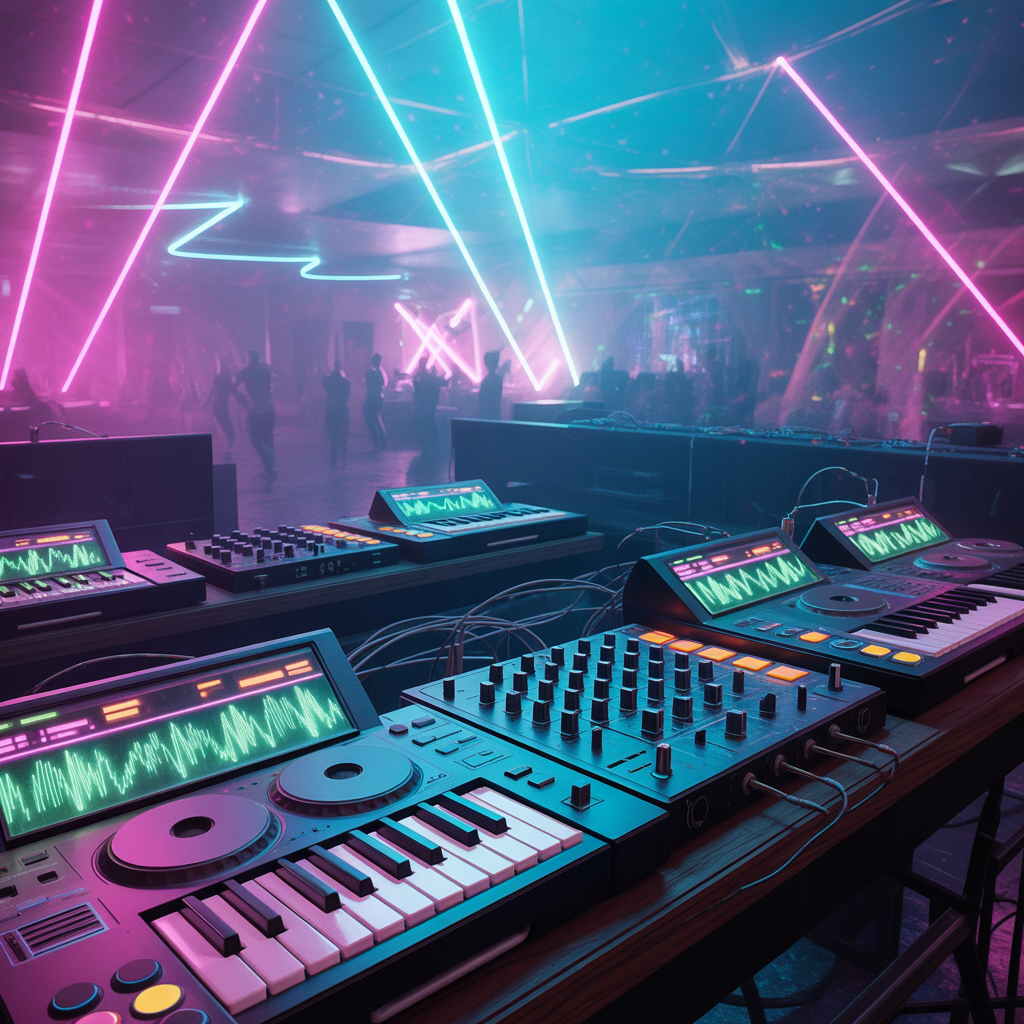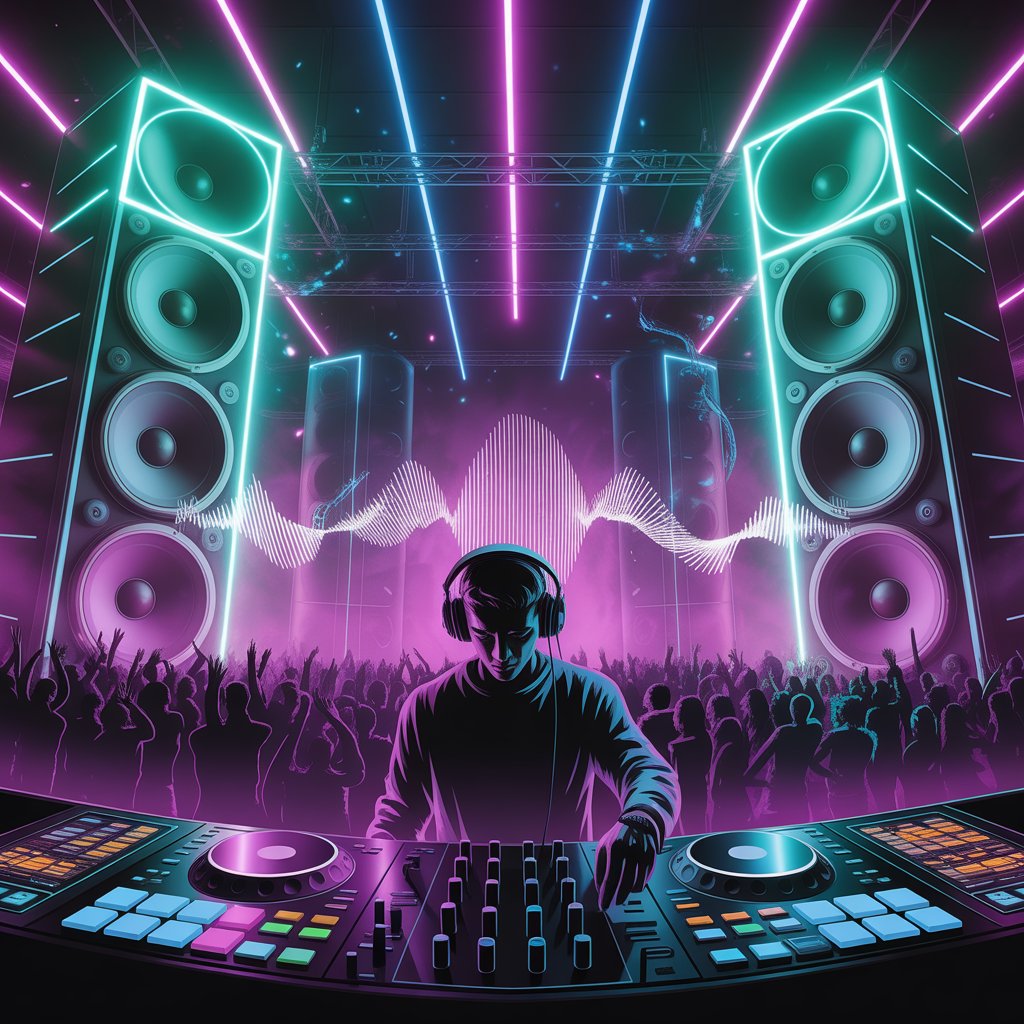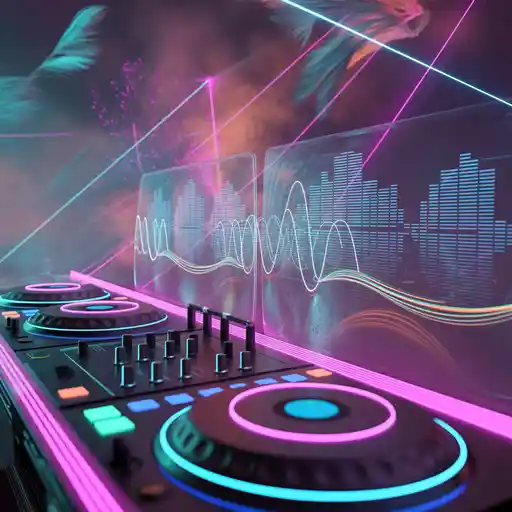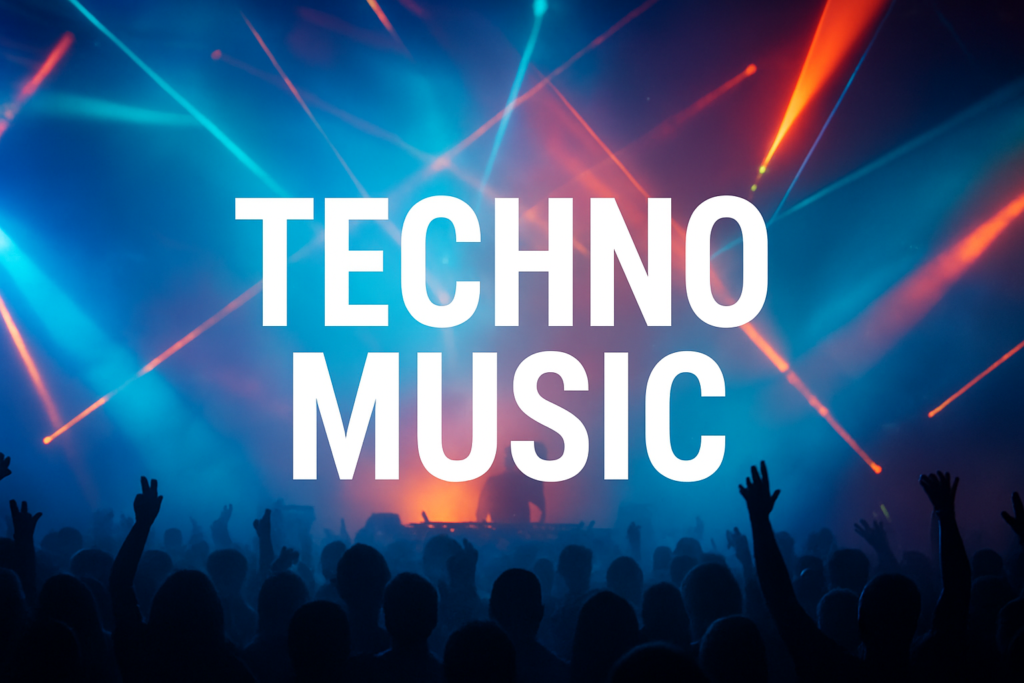Table of Contents
Music has always been humanity’s heartbeat — a universal language that connects us all. Among the countless genres that light up the global soundscape, techno music stands out as one of the most powerful and evolving forms of expression. From dark underground clubs to massive global festivals, its rhythmic beats and pulsing energy have captivated millions.
But what exactly makes techno music so special? How did it begin, and why does it continue to shape modern sound today? Let’s dive deep into the world of techno — its roots, evolution, styles, and the unique culture that surrounds it.
The Birth of Techno: From Detroit to the World

To understand techno, we have to go back to Detroit, Michigan, in the 1980s. The city was known for its car industry, but beneath the surface, a new kind of sound was brewing.
A group of young Black musicians — Juan Atkins, Derrick May, and Kevin Saunderson — began experimenting with drum machines, synthesizers, and futuristic rhythms. Influenced by funk, soul, and the mechanical sounds of the industrial city, they created something revolutionary.
This new music didn’t rely on lyrics or melodies like pop songs. Instead, it focused on repetition, rhythm, and emotion — a sound that felt both robotic and deeply human at the same time. They called it “techno.”
What Makes Techno Music Unique?
Techno music is more than just a style — it’s an experience. Imagine standing in a dark room filled with people, lights flashing, and the bass vibrating through your chest. That’s the magic of techno.
At its core, techno is built on electronic sounds created using tools like:
- Drum machines (e.g., Roland TR-808, TR-909)
- Synthesizers (e.g., Moog, Korg, and Roland models)
- Samplers and sequencers that loop sounds to create hypnotic patterns
Most techno tracks are instrumental, letting the rhythm tell the story. The beats are usually 4/4 time, meaning four steady kicks per measure, giving it that driving, consistent pulse that makes people move instinctively.
The Philosophy Behind the Beat
Techno isn’t just about sound — it’s about emotion and freedom. For many fans and artists, it represents escape and connection.
Just like meditation, techno has a repetitive nature that can make listeners feel present and free. The steady beat allows the mind to drift while the body stays in rhythm — a bit like being caught in the waves of the ocean.
In fact, some people compare a good techno set to a journey through time and space, where the DJ acts as a guide, leading dancers from calm to chaos and back again.
The Global Spread: Techno Takes Over Europe

While Detroit gave birth to techno, Europe helped raise it. In the late 1980s and early 1990s, cities like Berlin, London, and Amsterdam became new homes for the genre.
After the fall of the Berlin Wall, abandoned warehouses became makeshift clubs where freedom and creativity flourished. This is where the famous Berlin techno scene was born, with clubs like Tresor and Berghain becoming legendary for their all-night parties.
Soon, techno became a global movement, with artists and DJs from all over the world adding their local influences — from minimal techno in Germany to hard techno in the Netherlands and acid techno in the UK.
The Many Faces of Techno: Subgenres Explained
Like any evolving art form, techno has branched into several subgenres, each with its own mood and energy. Here are some of the most popular ones:
1. Detroit Techno
The original form — melodic, soulful, and futuristic. It focuses on groove and warmth rather than aggression.
2. Minimal Techno
Less is more. Minimal techno uses fewer elements, focusing on subtle changes that slowly evolve. It’s like watching a sunrise — calm but powerful.
3. Acid Techno
Known for its squelchy and wobbly sound, this style uses the famous Roland TB-303 bass synthesizer. It’s wild, energetic, and perfect for underground parties.
4. Industrial Techno
Dark, raw, and heavy — this subgenre blends electronic beats with metallic and mechanical noises. Think of a robot factory turned into a dance floor.
5. Melodic Techno
A newer, emotional take on techno that mixes deep basslines with gentle melodies. Artists like Tale of Us and ARTBAT are leading this style today.
The Art of the DJ: Techno’s True Storytellers
In techno culture, the DJ is more than a performer — they are a storyteller. Through careful mixing, they create a seamless journey that keeps dancers engaged for hours.
Unlike pop concerts, where songs start and end clearly, techno sets often flow continuously, blending one track into another like waves merging in the ocean. A great DJ reads the crowd, adjusting tempo and tone to maintain energy and emotion.
Famous techno DJs like Carl Cox, Nina Kraviz, Jeff Mills, and Charlotte de Witte have built global fanbases not through words, but through beats that speak directly to the soul.
The Role of Technology in Techno Music

As its name suggests, technology has always been at the heart of techno. From the earliest drum machines to today’s digital audio workstations (DAWs), every innovation opens new creative doors.
Modern producers now use software like Ableton Live, FL Studio, and Logic Pro to craft intricate soundscapes. Yet, many still prefer the warm touch of analog gear, mixing both digital and physical instruments for richer textures.
This blend of man and machine gives techno its unique identity — it’s futuristic, yet deeply connected to human creativity.
Techno and the Dance Floor: More Than Just Music
When people think of techno, they often imagine dark clubs with flashing lights and sweaty dancers lost in sound. But there’s much more to it.
The dance floor in techno culture is a place of unity. There are no rules about how to move or who you should be. Everyone — no matter their background, gender, or beliefs — comes together under one beat.
In that shared rhythm, differences disappear. It’s a reminder that, at our core, we all respond to the same human pulse — the beat of the heart.
Festivals and Raves: The Modern Techno Experience
From underground basements to massive open-air stages, techno has found a home everywhere. Some of the biggest techno festivals include:
- Awakenings (Netherlands)
- Time Warp (Germany)
- Movement Festival (Detroit)
- Tomorrowland (Belgium)
These events attract thousands of fans from around the world. For many, attending a techno festival isn’t just a party — it’s a pilgrimage. People describe it as freeing, spiritual, and even healing.
The Connection Between Techno and Art
Techno isn’t limited to sound. It often crosses into visual art, fashion, and design. Many events feature synchronized light shows, lasers, and visuals that move with the music.
Some artists even collaborate with digital designers and AI to create immersive experiences where sound meets sight. This combination of technology and creativity mirrors techno’s very essence — innovation through imagination.
The Cultural Impact: Beyond the Music
Over the decades, techno has influenced pop culture, fashion, and even social movements. Its DIY spirit encouraged people to create without permission — to express themselves freely.
In places like Berlin, techno became a symbol of freedom after political division. In other regions, it became a form of resistance and identity, especially for marginalized communities.
Even today, techno remains a voice for inclusivity, creativity, and independence — values that go far beyond the dance floor.
The Future of Techno: Where Is It Heading?
Techno has never stopped evolving. With new tools like artificial intelligence, VR concerts, and live hybrid sets, the future looks bright and experimental.
Younger producers are blending techno with other styles — ambient, hip-hop, and even classical — creating something fresh while respecting its roots.
As long as people crave rhythm and connection, techno will continue to reinvent itself. After all, it’s not just a genre — it’s a living, breathing ecosystem of sound.
Why Techno Feels So Human — Even When It’s Electronic
Here’s an interesting thought: techno is made by machines, but it often feels more human than many pop songs. Why is that?
Because techno focuses on emotion without words. It strips away lyrics and lets listeners feel rather than think. The rhythm speaks directly to the subconscious — much like a heartbeat or breathing pattern.
In that way, techno reminds us that even in a world of circuits and screens, the human soul still leads the dance.
Conclusion: The Endless Beat of Techno
Techno music is not just sound — it’s a culture, a feeling, and a form of expression that continues to evolve and inspire. From its humble beginnings in Detroit to its dominance on global stages, it remains a symbol of creativity, community, and connection.
Whether you’re dancing in a crowded club, listening alone at home, or producing your first track, techno invites you to lose yourself and find yourself at the same time.
The beat goes on — steady, hypnotic, and eternal — reminding us that in every pulse, there’s a story waiting to be felt.
Frequently Asked Questions (FAQs)
Q1: What defines techno music compared to other electronic genres?
A: Techno focuses mainly on rhythm and repetition, often avoiding vocals. Unlike house or trance, it uses more mechanical and industrial sounds, creating a hypnotic and futuristic feel.
Q2: Who are considered the founders of techno music?
A: The pioneers of techno are often called the Belleville Three — Juan Atkins, Derrick May, and Kevin Saunderson — who started the movement in Detroit during the 1980s.
Q3: Why do techno songs sound repetitive?
A: The repetition is intentional. It creates a meditative effect that allows listeners to enter a flow state, feeling connected to the rhythm and their surroundings.
Q4: Is techno music only for clubs and raves?
A: Not at all! While techno thrives on dance floors, many people enjoy it for studying, running, or even relaxing. The steady beats can help focus the mind and improve mood.
Q5: What’s the best way to start exploring techno music?
A: Begin with classic artists like Carl Craig, Jeff Mills, and Richie Hawtin, then explore modern acts such as Charlotte de Witte, Amelie Lens, and Tale of Us. Try live sets or curated playlists to experience the full journey of sound.


